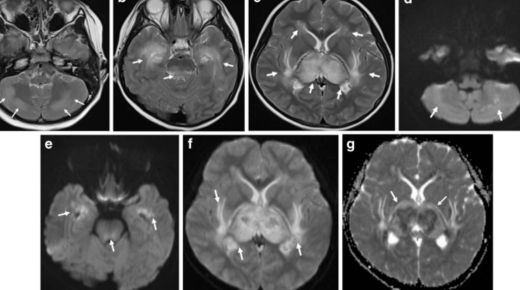
When caring for children with neurological conditions, precise diagnosis is key. Diagnostic imaging plays a crucial role. It helps us understand and address complex issues in young brains. From MRIs to CT scans, these tools guide our path to effective treatment. In places like neuroradiology colorado, advances in imaging technology enhance our ability to pinpoint problems. This allows timely and accurate interventions, leading to better outcomes for children.
Understanding Diagnostic Imaging
Diagnostic imaging refers to various techniques used to view the inside of the body. These methods help doctors see detailed pictures of organs and tissues. In pediatric neurology, imaging helps identify structural abnormalities and monitor disease progress. Some common types include:
- MRI (Magnetic Resonance Imaging): Provides detailed images of the brain and spinal cord.
- CT (Computed Tomography) Scan: Offers a quick look at brain structures and is often used in emergencies.
- Ultrasound: Used for infants, especially to view the brain before the skull fully forms.
Choosing the Right Imaging Technique
Each imaging technique has its strengths and limitations. The choice depends on the child’s condition, age, and specific needs. Here is a table comparing different techniques:
| Imaging Technique | Strengths | Limitations |
| MRI | Highly detailed images, no radiation exposure | Longer scan time, may require sedation |
| CT Scan | Quick, good for acute injuries | Radiation exposure, less detail than MRI |
| Ultrasound | No radiation, good for infants | Limited to certain areas, less detail |
Applications in Pediatric Neurology
Diagnostic imaging is crucial in detecting various neurological conditions. Some common uses include:
- Brain Injuries: CT scans help detect fractures and bleeding quickly.
- Tumors: MRIs provide detailed images to identify and monitor growths.
- Developmental Disorders: Imaging can reveal structural brain differences linked to conditions like autism.
Ensuring Safety and Comfort
When imaging children, safety, and comfort are top priorities. Professionals take special care to minimize radiation exposure, especially in CT scans. Sedation may be used to help young children stay still during longer procedures like MRIs. Facilities like Boston Children’s Hospital Radiology have child-friendly environments to ease anxiety.
Advancements in Imaging Technology
Recent advances in imaging technology offer even greater benefits. Faster MRI machines reduce scan times, making it easier for children to remain still. Techniques like functional MRI (fMRI) and diffusion tensor imaging (DTI) provide additional insights into brain activity and connectivity. These advancements help refine diagnoses and treatment plans.
The Role of Experts
Skilled neuroradiologists interpret imaging results to provide accurate diagnoses. They work closely with pediatric neurologists to develop effective treatment strategies. Their expertise ensures that imaging contributes significantly to a child’s care journey.
Conclusion
Diagnostic imaging is a vital tool in pediatric neurology. It helps identify and understand a wide range of conditions. With ongoing advancements, these technologies continue to improve outcomes for children. Through careful selection and expert interpretation, imaging plays a key role in effective diagnosis and treatment.
